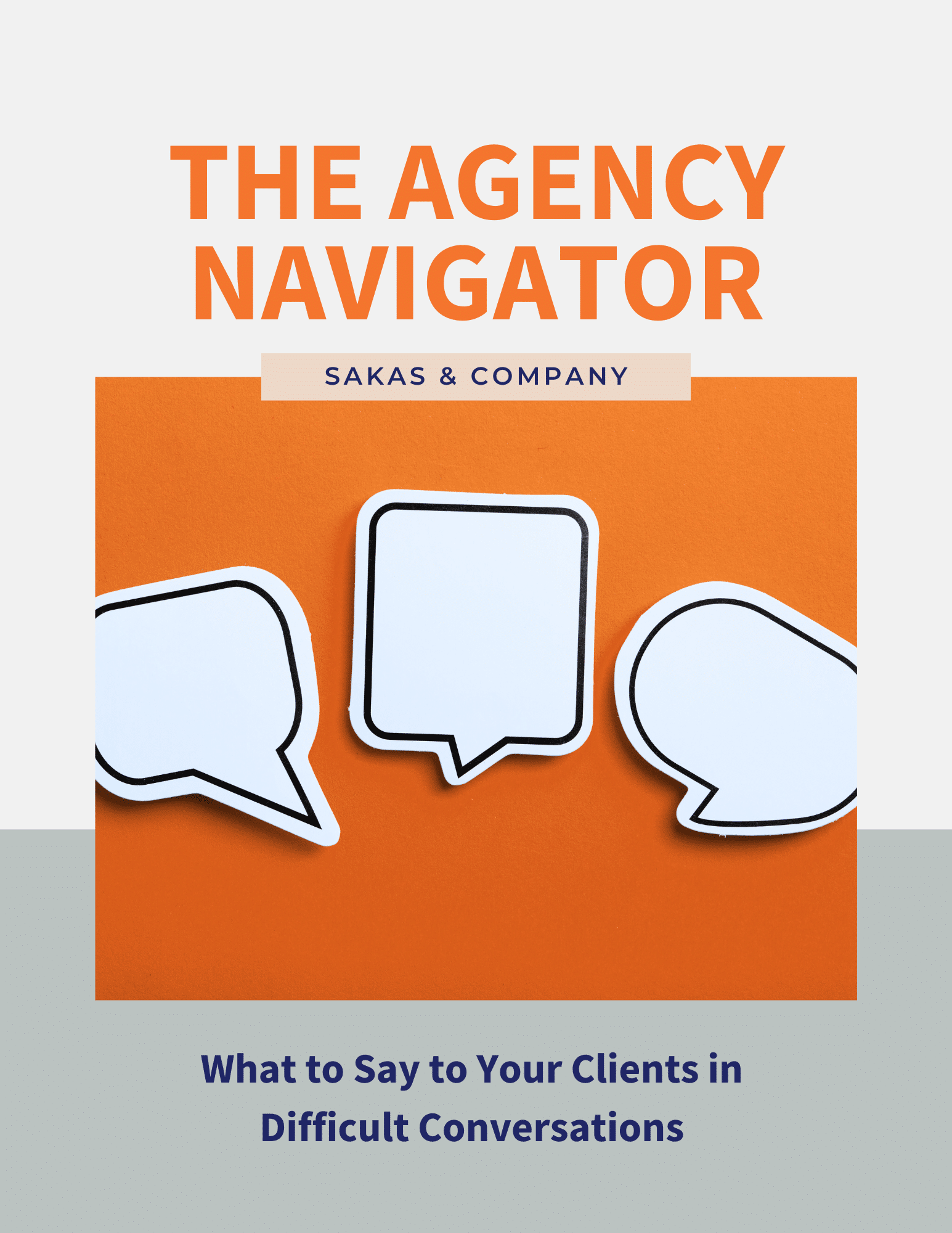If your agency does web design and development, you’ve had clients who needed post-launch support. Some clients expect free help forever. But even when your clients understand they need to pay, the “how to get paid” part can be confusing.
You can fix this by managing clients’ expectations during the sales process—that you recommend a post-launch retainer for additional help—and by pre-educating them on the types of help they might want after launch. This anchors things when they need help later—you don’t want that to be the first time they realized they need to pay for help!
Let’s look at the three kinds of post-launch support that web development clients need—upgrades, repairs, and routine maintenance.
What Kinds of Post-Launch Support Should Agencies Provide?
From my previous work as a digital PM, post-launch website support fits into three categories:
- Upgrades (e.g., new feature requests, enhancements based on user testing, etc.)
- Repairs (e.g., Twitter changed its API and the feed doesn’t work any more, or a client’s in-house developer broke something)
- Routine Maintenance (e.g., security updates, backups, etc.)
You may not want to provide all of these services directly via your agency—but you should have outside resources you can point clients to. And think twice about providing hosting services—it tends to create a lot of problems with limited payback.
How Much Should You Charge for Post-Launch Support?
Here are some rough guidelines on web maintenance and getting paid for post-launch work:
- Upgrades: Client should plan to invest 20% of the original project amount each year in upgrades on a consumer-facing product. This investment helps keep the app fresh and usable, delaying the need to do a full revamp. If it’s an internal-only app, you can expect closer to 5%.
- Repairs: Expect 2-5% in repairs across the next three years, or more if a client’s in-house developer isn’t great at his/her job. Of course, if you break something, you shouldn’t charge the client to fix that.
- Maintenance: I would predict anywhere between $100 and $1,000 a month, depending on level of hosting, the complexity of the system, and whether the platform is custom or an off-the-shelf CMS. The maintenance contract should not include upgrades or repairs. It may include faster response time on those—but you’d quote them separately when the time comes, because upgrades and repairs aren’t maintenance.
Wondering how much to charge for websites in the first place? See my article on how much agencies should charge for a website.
Contracts for Post-Launch Support
When it comes to selling support contracts to clients, find the angle that appeals to them. Maintenance-retainer clients should get a higher level of turnaround time, along with dedicated time each month; you’re telling clients that you’ll worry about maintenance so that they don’t need to. Here’s more on how to approach maintenance and support at your agency.
Some clients will decline maintenance contracts, which is fine. But when they need your emergency help later, be sure to charge a premium for faster turnaround. “Contract-free” needs to feel more painful—otherwise, clients never have an incentive to commit to a contract.
Question: How do you handle post-launch support at your agency?


